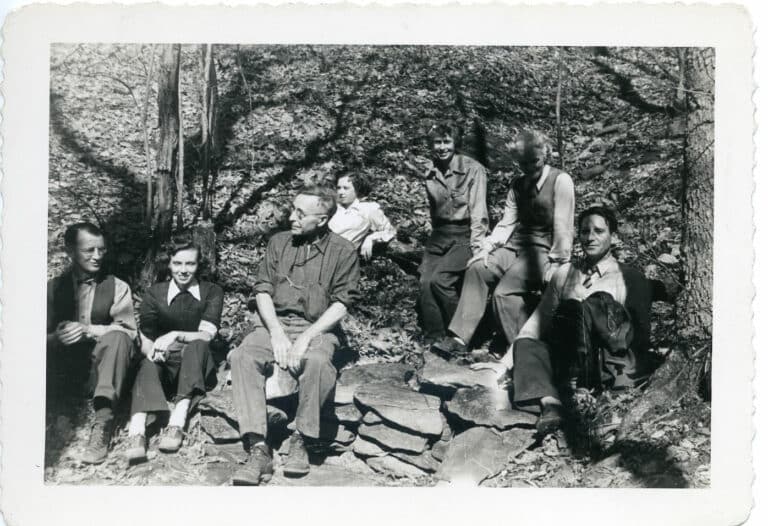“l’ve done my share of bleeding,” says Bryan Hill, a senior at Warren Wilson College near Asheville, N.C.
“I don’t remember the collision at all, but I was completely lucid when the ambulance came. I still have flashbacks of coming to and lying in a pool of my own blood. Imagine two or three Nalgene bottles full of blood, dumped out onto the road. It took four weeks and two torrential rains to wash the blood off the pavement.”

Hill is talking about his near-fatal accident in April 2007. He was riding his bicycle home from school when he was hit from behind by a drunk driver going about 50 miles per hour. The grill of the car severed his calf in two; his tibia was shattered; and by the time he reached the hospital, he had lost five pints of blood.
“The pain was tremendous, so they put me on morphine for a week,” Hill says. “I had lost so much blood that I didn’t have enough liquid in my body to throw up. I was sick from the pain and the morphine, but all I could do was dry hack.”
Over the course of Hill’s hospital stay, he went through general anesthesia five times, underwent one major knee surgery, had tibia reconstruction where pins and rods were fixed to the pieces of bone to hold the leg together, and skin grafts were taken from his thighs and stapled over his calves. All the while, Hill moved through a cornucopia of pain medications.
“I lay in bed for 24 hours trying to focus on other things,” Hill recalls. “I wasn’t sure if I was going to make it to see the morning, let alone be able to run again.”
Six weeks after leaving the hospital, Hill took his first steps, using a walker to travel from one end of the room to the next. Even after eight transfusions, his body still lacked the proper amount of blood, so the minor activity sent his heart rate to 200 beats per minute. In August, just four months after the accident and still unsure if he’d be able to run normally, Hill went for his first jog.
“It was a sort of half shuffle, half run. But it felt okay,” Hill says. “I ended up going six miles that day. The pain stayed with me for days after, but I knew after that run that I’d be able to come back.”
Two weeks before the Mount Mitchell Challenge—a 40 mile race to the top of the East’s tallest mountain and back down – the race director called Hill and offered him a spot at the starting line. It was only nine months after the accident, and Hill wasn’t completely healed, but he jumped at the opportunity.
“Most of my friends and family tried to talk me out of it, but one of the things that kept me going in the hospital was the realization that if I could get through that pain, I could do anything. After that sort of trauma, nothing in life is that big of a deal.”
Hill completed the Mount Mitchell Challenge in 8 hours, 6 minutes, which was 40 minutes faster than his time before the accident.
“Coming down the mountain, my tibia got shocks of pain every time my foot hit the ground. I started to worry that I was affecting the healing process. I kept telling myself I was going to quit at the next aid station. Then I’d drink some water and say, ‘Okay, I’l quit at the next aid station.’; That’s how I finished the race, telling myself I would quit around the next corner.”
Two years after the wreck, the pain is still present when Hill runs. He says it comes and goes in waves, but it doesn’t keep him off the trail. If anything, the pain and the memory of his accident are what keep him running.
“The accident has allowed me to tap into a mental toughness that I never knew I had,” Hill says. “Many times during ultras I think, ‘wow, this hurts.’ But then I think of the pain I went through, and that puts the ultra in perspective.”







